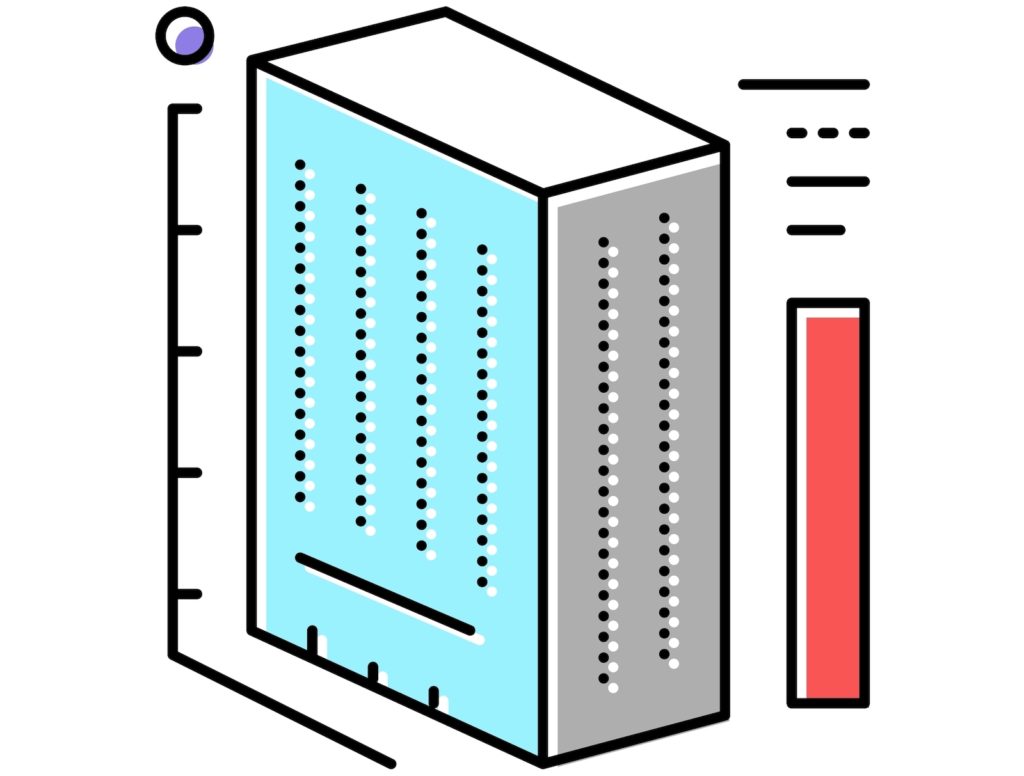The Building Internet of Things (BIoT) market is evolving. Where previously, the focus of the market was to deliver the prerequisite technologies in the BIoT hardware stack, such as devices, sensors, and connectivity. Now, we are seeing a transition to more results-based and analytics-driven applications that seek to bring about certain outcomes, be that cost and energy saving, or a range of business performance benefits. Our new BIoT research reveals a significant maturing of solutions over the past two years, where genuine use-cases and practical applications have largely replaced the marketing hype.
In this new landscape, traditional building automation players are joined by a range of IT vendors, property firms, physical security players, lighting companies, systems integrators, and an array of software vendors. The growing number of major vendors coalescing around cloud services and solutions provided by AWS and Microsoft Azure, in particular, is beginning to facilitate the development of “platform ecosystems”, according to our new research, where data exchange, innovation, and supply chain partnering are simplified through the use of common tools and practices.
“We have seen the launch of several new and enhanced BIoT services and platform offerings from building automation incumbents over the past two years, with all of these companies extending their core offerings to service a wider range of use-cases, expanding and releasing newer versions of their BIoT platform solutions, improving interoperability support, improving cybersecurity protection and adding more sophisticated AI-enabled analytics,” reads our latest research report. “IoT cloud service providers, particularly Amazon, Google, IBM and Microsoft have focused on developing complementary technologies that help to grow their cloud business customer base, without really encroaching on the building services domain.”
Bosch Building Technologies uses Azure Digital Twins to power its Connected Building Services offering, for example, allowing them to query data from whole rooms and spaces, rather than disparate sensors, to build digital models of the physical building environment. Carrier and its Abound suite of connected solutions, meanwhile, is hosted on AWS to deliver an open technology platform that aggregates data from different systems and sensors. Honeywell runs its enterprise management SaaS solution, Forge, on a native edge-to-cloud, data-driven architecture designed to accelerate the digital transformation of operations. Our new research discusses all these traditional building automation players, and many more, in greater detail, as well as considering the evolving role of IT giants in the smart building movement.

“Platform offerings from a variety of major IT players including Microsoft, AWS and IBM have introduced new app-building tools, modules and features to support the smart buildings market vertical,” explains the comprehensive report. “This push by the IT players into the BIoT space is not, however, being seen as a direct challenge to traditional players in the space. New feature launches by these IT players are being developed in collaboration with OT industry players, rather than in competition with them, with the IT players providing global cloud, analytics and device connectivity capabilities required to support the development of new smart building connected services and solutions by vendors in the space.”
Incumbent OT building automation players will continue to partner with cloud providers and buy up startup IP to improve the scope, scale, and capabilities of their BIoT platforms, in order to maintain their dominance in the market. Simultaneously, IT giants are vying for their share of building automation providers by developing those infrastructural IT layers that will power the next generation of smart building solutions. Where we see Microsoft and Amazon currently leading the race and others, such as Cisco and Huawei, who have tried and failed to get genuine traction in the market. The result of OT and IT players settling into their roles within an open and integrated buildings space is a common understanding of how the market can move forward and a technological “coming of age” for the BIoT platforms themselves.
“There is an increasing industry push towards integrating building networks, systems, sensors, devices, and cloud-based software to offer a robust and secure architecture, ensuring that all components can communicate with each other and act as a cohesive whole, instead of being limited as siloed systems. To achieve this, a layered horizontal systems architecture is increasingly being advocated for, to support delivery options in a holistic and structured way,” explains our new report.
“A horizontal infrastructure approach can be technology agnostic, using open standards, open protocols, and non-proprietary solutions, to achieve the goal of enabling any device to talk to any application, and vice-versa. Such an approach can help to foster innovation to support a wider variety of applications and use-cases, ease deployment, and achieve greater economies of scale.”



